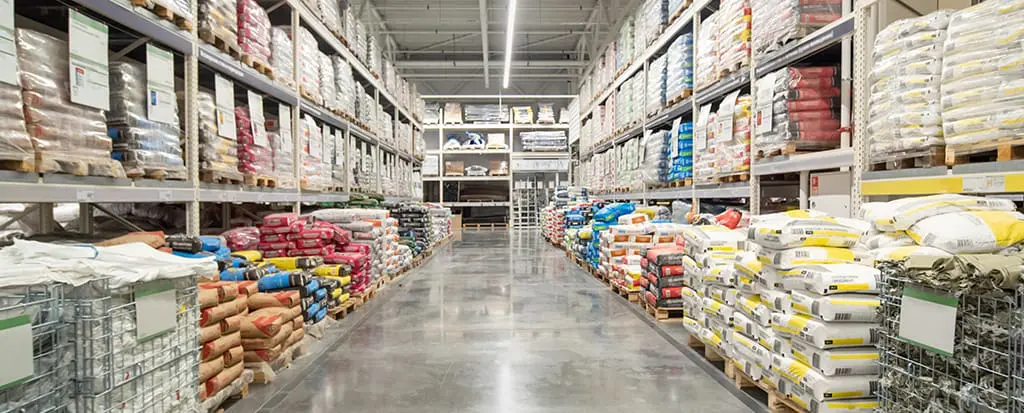Relying on Manufacturer Representations
One of the issues faced increasingly by design firms is whether they have a right to rely on the information provided by manufacturers of products, materials, and systems.
Text
One of the issues faced increasingly by design firms is whether they have a right to rely on the information provided by manufacturers of products, materials, and systems. The standard of care states that if the reliance of the design firm on a manufacturer’s information or representations is reasonable at the time of the design recommendation, the design firm has met its professional obligation.
However, contractual obligations and client expectations could still lead to claims. Of course, evidence of informed consent by the project client to the design firm’s recommendations can make a big difference should claims be filed by the client or third parties.
The issue of reliance on manufacturer representations has become prominent on projects where energy efficiency and sustainability are demanded by clients. The plethora of new products, materials, and systems—and the claims made by their manufacturers—often bring up the issue of what is “reasonable” when specifying a component of a project.

Green materials case study
One of the most significant “green” cases where this issue came to the attention of the design professions involved the failure of beams and columns used in the design of The Chesapeake Bay Foundation building constructed about 15 years ago. The issue was finally, but not publicly, resolved on July 23, 2015 when the parties in the lawsuit (The Chesapeake Bay Foundation, Inc., et al v. Weyerhaeuser Company, et al) filed a Stipulation of Dismissal with Prejudice following a confidential Settlement Agreement and Mutual Release it ended protracted litigation with a private settlement.
The Foundation contracted with an architectural firm to design its headquarters on the Chesapeake Bay in Annapolis, Maryland. It also hired a general contractor to oversee the construction, which spanned from 1999 into 2000. The sustainable design called for expose structural wood members that penetrated the building’s façade.
The manufacturer of the beams, Weyerhaeuser, agreed to provide laminated beams which have a roughhewn appearance and are manufactured by bonding together strips of wood for use as the exposed wood members. However, the lack of uniformity in the wood strips creates channels that run through the laminated beams, allowing water to infiltrate the portions used outdoors. To protect against rotting, the structural laminates are pressure-treated with a wood preservative.
A new preservative, PolyClear 2000, was to be used because it was a LEED low-emitting product. A subcontractor supposedly applied the preservative. But five years later, the Foundation discovered that the beams had deteriorated; it subsequently learned that the beam had not been treated with PolyClear 2000 as certified and that PolyClear 2000 was not appropriate for the job of preserving the beams. Weyerhaeuser had knowingly given false assurances to the contrary. The Foundation sought $6 million to compensate it for the remedial work of replacing the deteriorated laminated beams.
The Chesapeake Bay Foundation case highlights concerns that specifying new or untried materials and products comes with unique risks. When new products fail and cause damage, a claim against the design professional will inevitably follow even if it is obvious that the product did not live up to the reasonable expectations based on the representations of the product manufacturer.
Minimizing risk
Procedures in the negotiation and administration of the construction contract can help to minimize the risk. It is imperative to document that a careful thought process went into the material, product, and system recommendations. Clients should always be informed that while the design professional’s responsibility is to use professional judgment to make recommendations based on available information, it is the client who makes the final decision based on a balance of factors, including risk.
Documenting the selection process is important. It should include evaluating comparable projects using the product being considered, obtaining technical data and not just promotional material, and notifying the manufacturer in writing of how the product is to be used to obtain appropriate specifications.
It is also prudent to research the manufacturer. While it may not be reasonable to look into the manufacturer’s operations and evaluate its financial condition, a basic evaluation of the manufacturer in the marketplace could provide information on the company’s viability and its ability to have the product available at construction.
The client should be fully informed of the risks and advantages of using a product. Once the client gives informed consent for a product, the design firm can carefully specify its usage and observe that it is installed according to manufacturer requirements. In many cases, it is important to require the manufacturer to have a field representative present to certify proper installation.
It is critical to the financial viability of design firms that information provided by manufacturers is both factual and reliable. Throughout the process, it is vital that the standard of care for specifying materials is met.
Victor and CNA work with the AIA Trust to offer AIA members quality risk management coverage through the AIA Trust Professional Liability Insurance Program, Business Owners Program, and Cyber Liability Insurance program to address the challenges that architects face today and in the future.
More on Professional Liability

2024 Professional Liability Trends Every Architect Should Know
News ▪ April 2025
Ethical challenges of generative AI in architectural practice
News ▪ February 2025
Pitfalls of the Profession by LegaLine
Components ▪ Contracts ▪ Legal ▪ Professional Liability ▪ Professional Practice ▪ Risk ▪ Small Firms ▪ Webinar